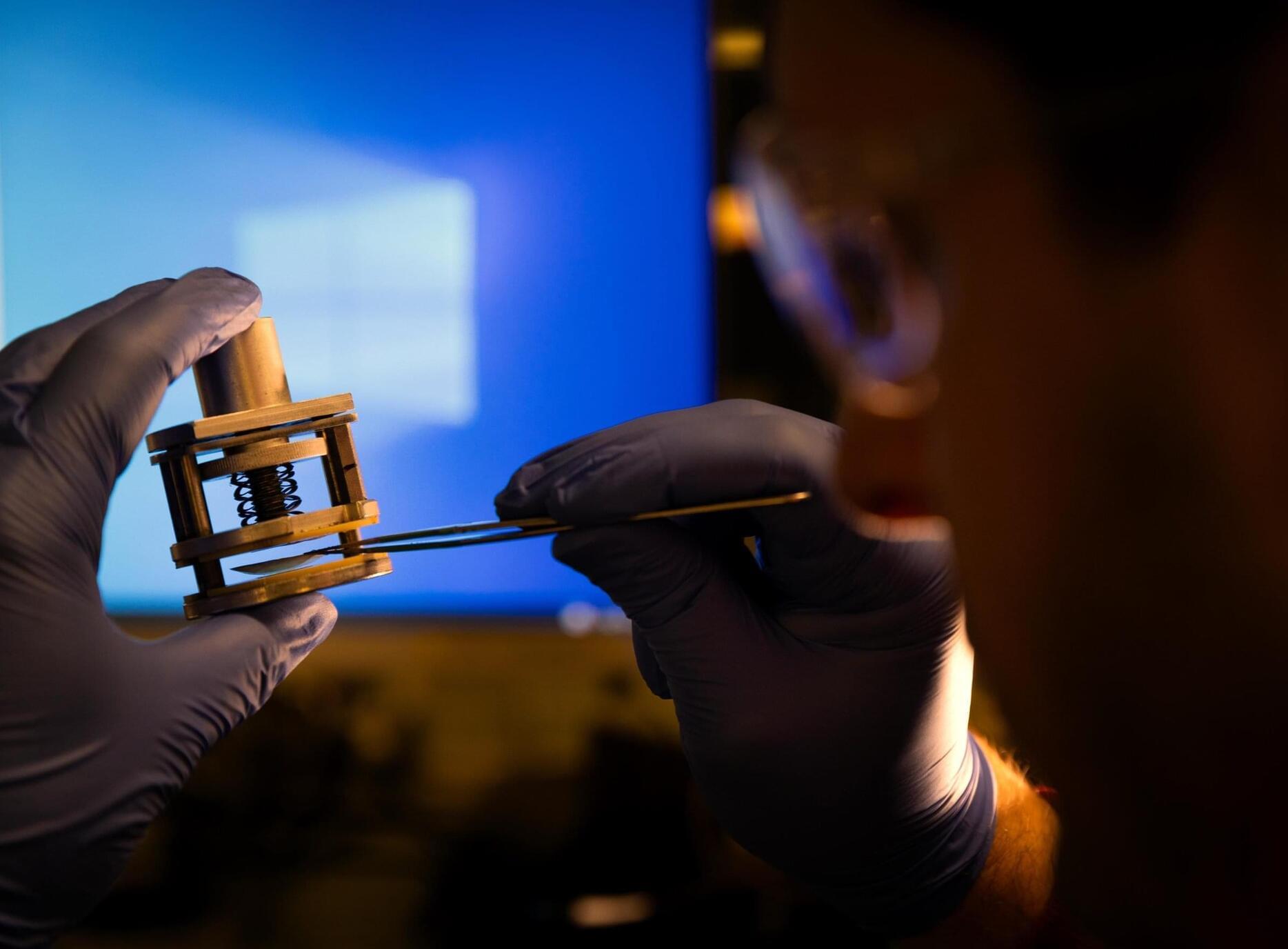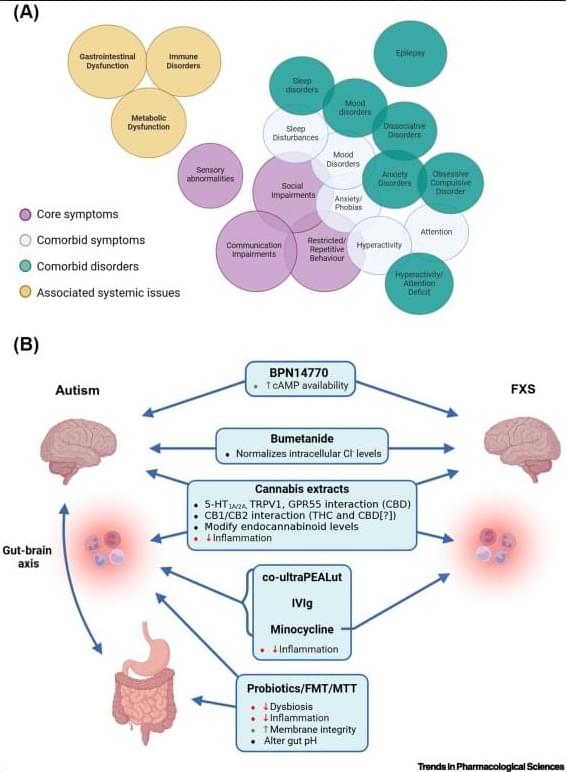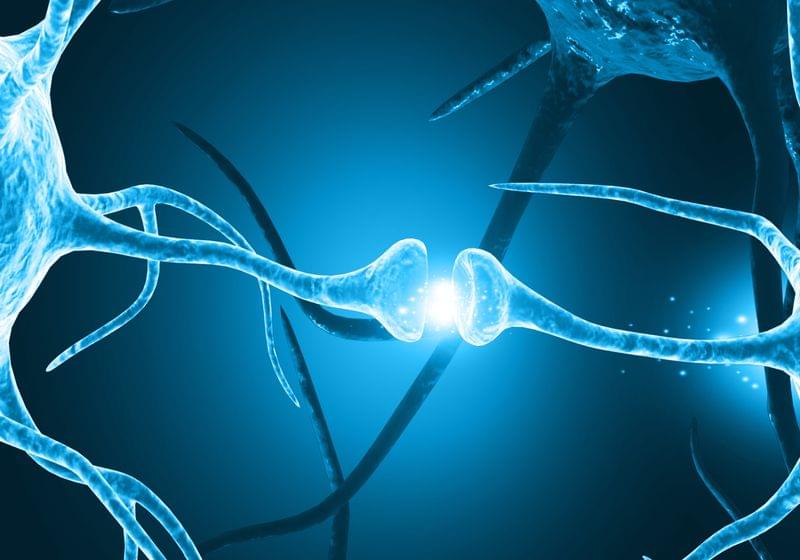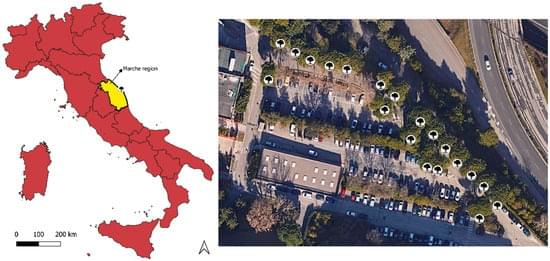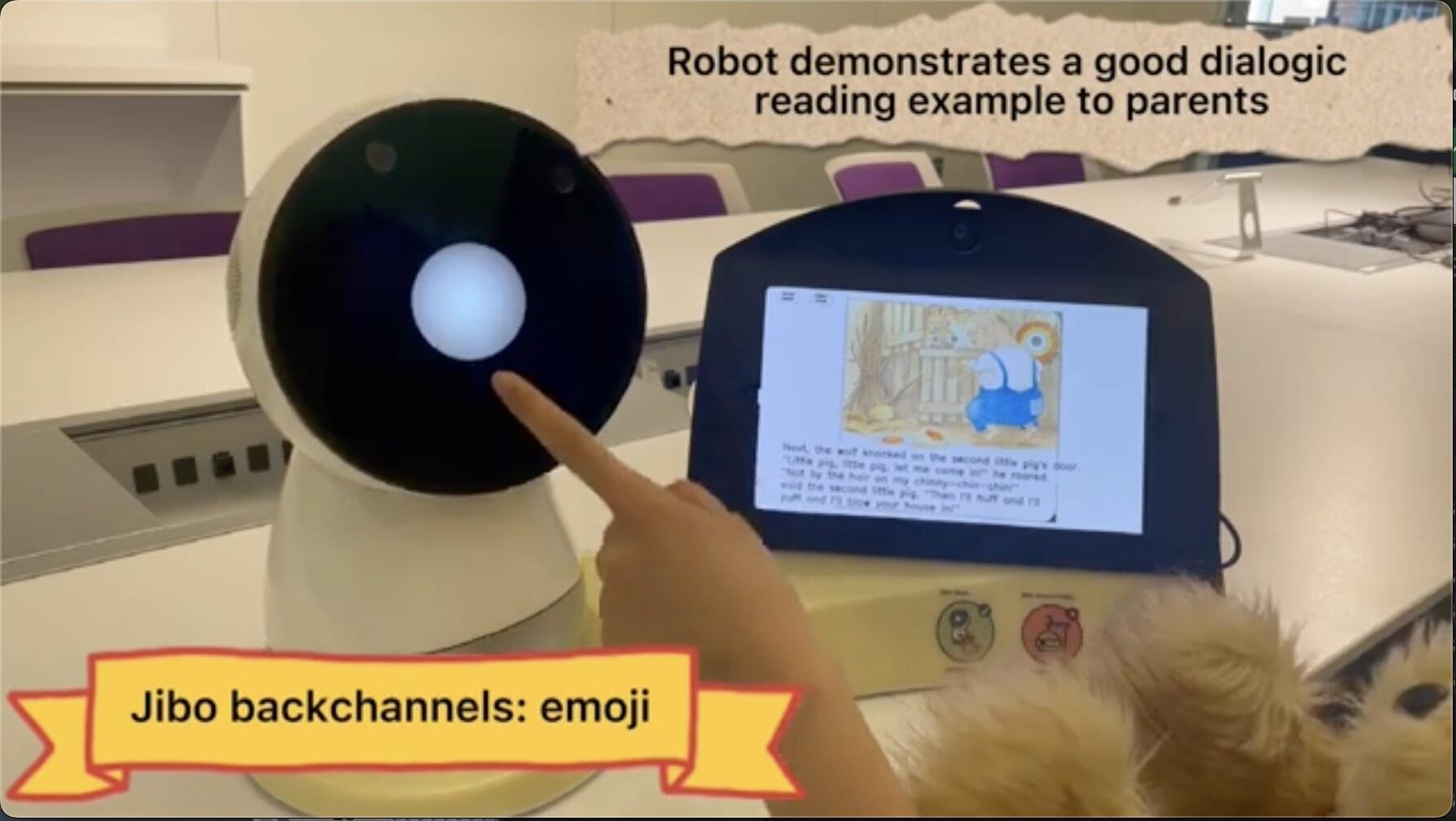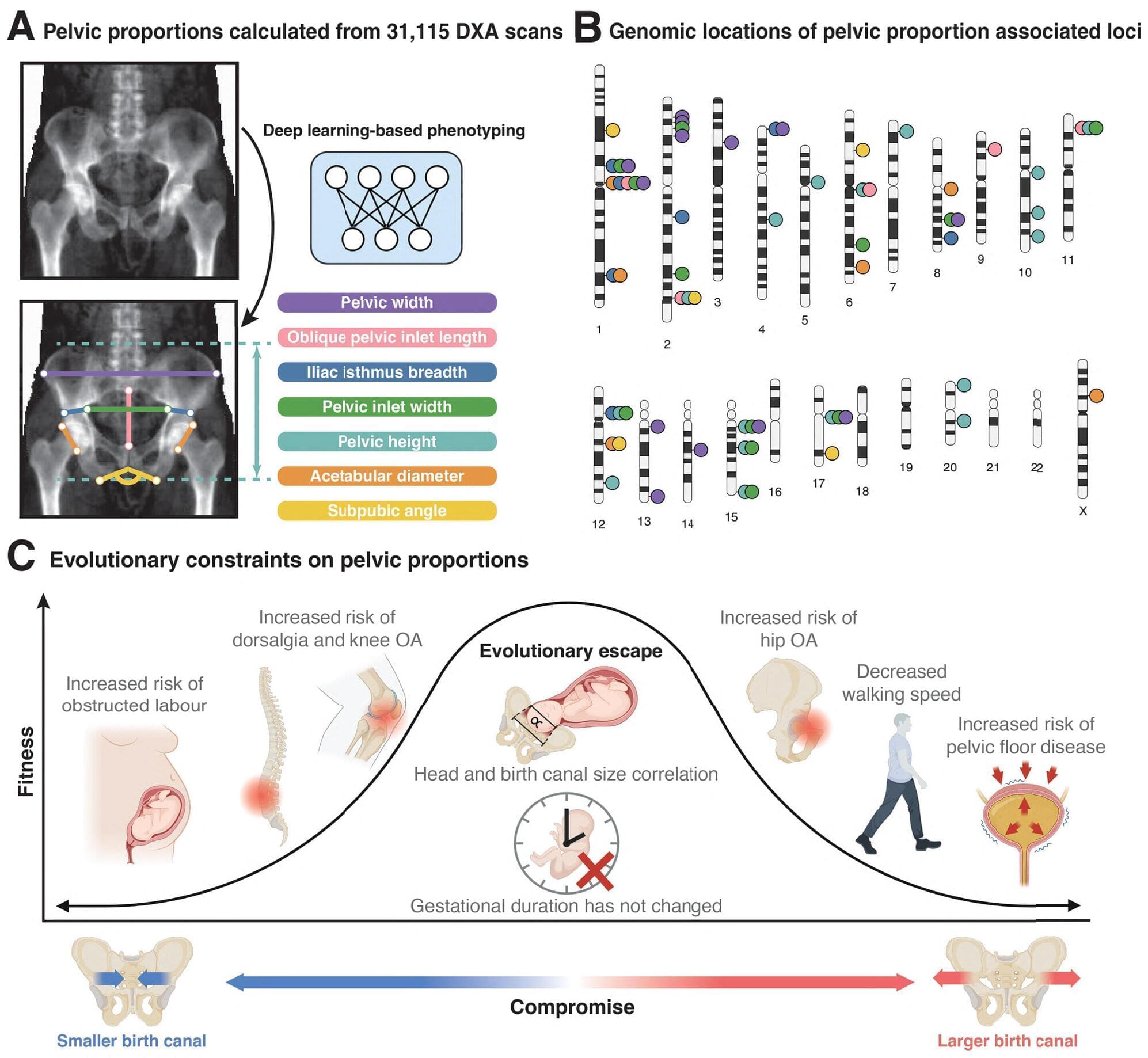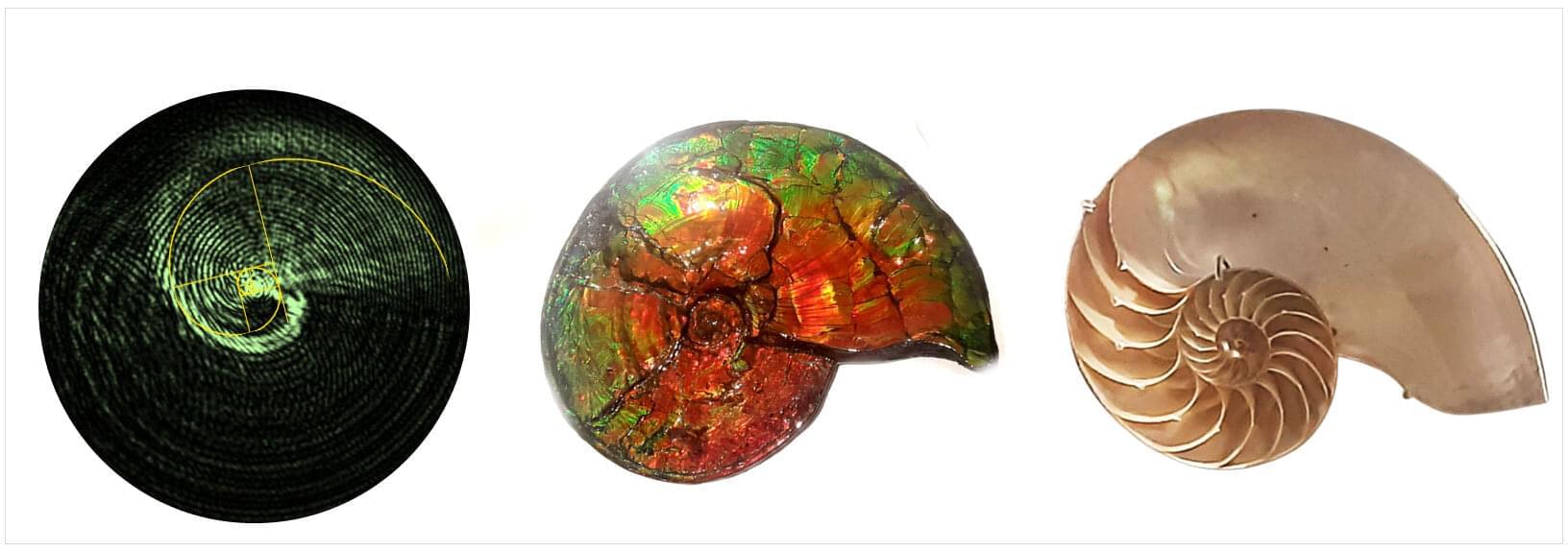A growing body of work suggests that cell metabolism — the chemical reactions that provide energy and building materials — plays a vital, overlooked role in the first steps of life.
In seawater, boron exists as electrically neutral boric acid, so it passes through reverse osmosis membranes that typically remove salt by repelling electrically charged atoms and molecules called ions. To get around this problem, desalination plants normally add a base to their treated water, which causes boric acid to become negatively charged. Another stage of reverse osmosis removes the newly charged boron, and the base is neutralized afterward by adding acid. Those extra treatment steps can be costly.
“Our device reduces the chemical and energy demands of seawater desalination, significantly enhancing environmental sustainability and cutting costs by up to 15 percent, or around 20 cents per cubic meter of treated water,” said Weiyi Pan, a postdoctoral researcher at Rice University and a study co-first author.
The limitations of current symptom-focused treatments drive the urgent need for effective therapies for autism and Fragile X syndrome (FXS). Currently, no approved pharmacological interventions target the core symptoms of these disorders. Advances in understanding the underlying biology of autism and FXS make this an important time to explore novel options. Indeed, several treatments have recently been tested in clinical trials, with promising results in treating core symptoms of autism and FXS. We focus on emerging interventions, such as gut microbiome therapies, anti-inflammatory approaches, bumetanide, phosphodiesterase 4D inhibitors, and endocannabinoid modulators. We also discuss factors, such as disorder heterogeneity, which may have contributed to poor efficacy in previously failed late-phase trials and impact recent trials, emphasizing the need for personalized treatment approaches.
The Brain Prize 2025 went to neuro-oncologists Michelle Monje and Frank Winkler for pioneering the field of cancer neuroscience.
Due to ever-accelerating urbanization in recent decades, exploring the contributions of trees in mitigating atmospheric carbon in urban areas has become one of the paramount concerns. Remote sensing-based approaches have been primarily implemented to estimate the tree-stand atmospheric carbon stock (CS) for the trees in parks and streets. However, a convenient yet high-accuracy computation methodology is hardly available. This study introduces an approach that has been tested for a small urban area. A data fusion approach based on a three-dimensional (3D) computation methodology was applied to calibrate the individual tree CS. This photogrammetry-based technique employed an unmanned aerial vehicle (UAV) and spherical image data to compute the total height (H) and diameter at breast height (DBH) for each tree, consequently estimating the tree-stand CS.
Over the past decades, researchers have developed a wide range of advanced social and assistance robots that could soon be introduced into households worldwide. Understanding how the introduction of these systems might impact the lives of users and their interactions with others living in their homes is crucial, as it could inform the further improvement of robots before their widespread deployment.
Recent studies suggest that household robot companions could foster educational conversations between parents and children, particularly during story-reading sessions. By actively participating in these sessions, for instance by asking questions or assuming the role of a playmate, robots were found to augment interactions between children and their caregivers, enriching their conversations and supporting the children’s acquisition of new vocabulary.
Researchers at the Massachusetts Institute of Technology (MIT) recently carried out a study to further explore the potential of social robots as conversation catalysts and tools to enhance interactions between children and parents. Their findings, published in Science Robotics, suggest that English-speaking robots can improve the quality of dialogue between parents and children, with families that fluently speak English benefitting more from their use.
A team of integrative biologists at the University of Texas, Western Washington University and Columbia University Irving Medical Center has found that both wide and narrow hips provide women with certain physical benefits, though they both also have downsides. In their study published in the journal Science, the group compared hip structure among 31,000 people listed in the UK Biobank, with other physical features including those associated with pregnancy and birth.
For many years, evolutionary theorists have debated aspects of what has come to be known as the obstetrical dilemma. Prior research has shown that as humans evolved, their brains grew bigger. But prior research has also shown that as people began to walk upright, their hips grew narrower, creating a conundrum—wider hips are needed to deliver babies with bigger brains.
For this new study, the research team investigated the ways that nature has dealt with the obstetrical dilemma by studying hips and the pelvic floor.
Beams of light that can be guided into corkscrew-like shapes called optical vortices are used today in a range of applications. Pushing the limits of structured light, Harvard applied physicists in the John A. Paulson School of Engineering and Applied Sciences (SEAS) report a new type of optical vortex beam that not only twists as it travels but also changes in different parts at different rates to create unique patterns. The way the light behaves resembles spiral shapes common in nature.
The researchers borrowed from classical mechanics to nickname their never-before-demonstrated light vortex an “optical rotatum,” to describe how the torque on the light’s corkscrew shape gradually changes. In Newtonian physics, “rotatum” is the rate of change in torque on an object over time.
The optical rotatum was created in the lab of Federico Capasso, the Robert L. Wallace Professor of Applied Physics and the Vinton Hayes Senior Research Fellow in Electrical Engineering at SEAS. “This is a new behavior of light consisting of an optical vortex that propagates through space and changes in unusual ways,” Capasso said. “It is potentially useful for manipulating small matter.” The research is published in Science Advances.

